Note: This post may contain affiliate links. Should you decide to purchase any items through these links, I may earn a small commission at no additional cost to you.
With summer just around the corner, everyone is gearing up for outdoor adventures and stocking up on their favorite sunscreens! Not to mention, more and more of us are beginning to use sunscreen in our daily routines.
Unfortunately, certain sunscreen ingredients can have serious negative consequences both for marine life and human health.
But don’t be discouraged — if you know which ingredients to avoid, you can easily choose sunscreen products that protect both you and coral reefs! When making your next sunscreen purchase, avoid getting burned (besides from the sun) by ingredients that are harmful to you and the planet.
Quick note upfront: This article is in no way intended to discourage people from using non-reef safe sunscreens to reduce their risk of skin cancer.
Table of Contents
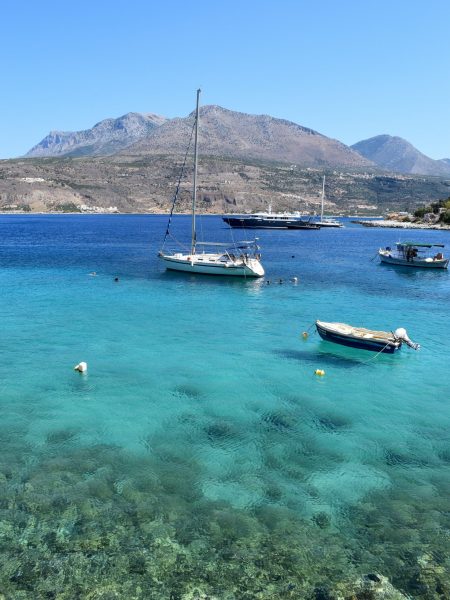
Why choose "reef safe" sunscreen?
Sunscreen, like other personal care products, eventually makes its way into our oceans. This can happen either directly (via swimming, surfing, diving, etc.) or indirectly when we wash sunscreen off our bodies.
Coral bleaching
Coral bleaching can occur through pollution exposure to common (and less than ideal) sunscreen ingredients. Below are some fast facts about sunscreen and coral bleaching:
- It’s estimated that about 14,000 tons of sunscreen enter coral reefs every year
- Hawaii recently banned sunscreens containing two ingredients known to cause coral bleaching: oxybenzone and octinoxate
- About one-third of coral reefs are at risk for extinction due to human impacts and climate change
Hormone disruption for humans & marine life
Some sunscreen ingredients (described later) are absorbed by the body. Many are potential or known hormone disruptors which can ultimately lead to:
- Damaged reproductive systems
- Decreased fertility
- Birth defects
- Stunted growth
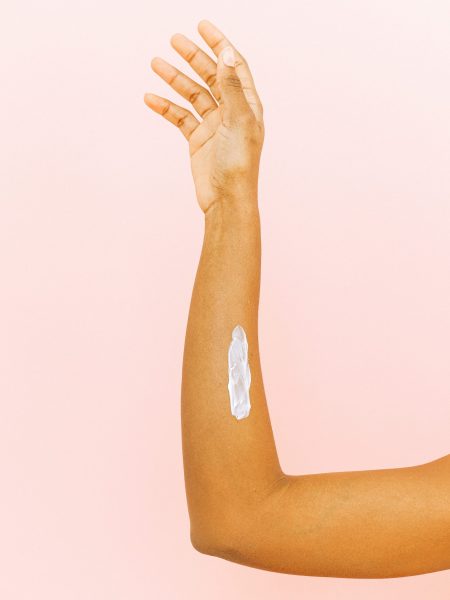
What sunscreen is considered "reef safe?"
Chemical sunscreens without these ingredients
Chemical, or organic, sunscreens are made with active ingredients that essentially transform UV rays into heat that dissipates from your skin and prevents sun damage.
This list of ingredients to avoid is based on known or potentially harmful ingredients to human health and marine life.
Chemical Ingredients to Avoid
- Homosalate
- Phthalates
- Triclosan
- Avobenzone
- 3-benzylidene camphor
- Oxybenzone (Benzophenone-3)
- Octinoxate
- Octocrylene
- Enzacamene (4 methylbenzylidene camphor)
- PABA (Aminobenzoic Acid)
Physical or mineral sunscreen (no nano-particles)
Physical (or mineral) sunscreen is different from chemical sunscreen in that it sits on top of the skin to prevent UV damage. The most common physical sunscreen ingredients you’ll see are zinc oxide and titanium dioxide.
However, the ideal “reef safe” physical sunscreens are ones made without nano-particles. This means the particle size (of zinc oxide or titanium dioxide) is large enough to avoid the risk of those particles being absorbed into the bloodstream. While research on this topic is ongoing, there is evidence that suggests nano-particles in large doses can have negative health impacts.
Physical Ingredients to Avoid
Future reef safe sunscreen ingredients
Recent research points to algae extracts as a potential UV blocker that could be used in sunscreen formulations in the future. However, the FDA has to approve SPF ingredients before they can officially be used as sunscreen ingredients — and as you might imagine, this is a very slow process.
However, non-U.S. brands like Australian Gold are already beginning to include algae in their sunscreen formulations.

Top 16 "reef safe" sunscreen brands to look for
The sunscreen brands listed here are are all physical (or mineral) formulations. Currently, there aren’t many chemical options out there that exclude known or potentially harmful ingredients. However, if any become available, I’ll make sure to include them in future articles!
Price range | $
Active ingredients | non-nano zinc oxide
Company highlights | 100% vegan ingredients; carbon neutral by 2021; recyclable packaging
Price range | $
Active ingredients | non-nano zinc oxide
Company highlights | B Corp certified; 1% for the Planet contributor; recyclable packaging
Price range | $$
Active ingredients | zinc oxide
Company highlights | The Never List of banned ingredients; responsible sourcing; ingredient transparency
Price range | $$
Active ingredients | non-nano zinc oxide and titanium dioxide
Company highlights | Organic ingredients; 100% vegan; no-no ingredients list
Photo courtesy of brand
Price range | $
Active ingredients | non-nano zinc oxide and titanium dioxide
Company highlights | biodegradable ingredients; recyclable packaging
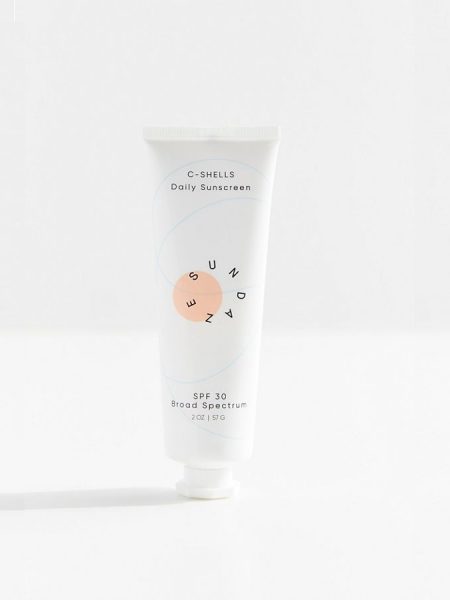
Photo courtesy of brand
Price range | $$
Active ingredients | non-nano zinc oxide
Company highlights | responsible ingredients; vegan; ingredient transparency
Photos courtesy of brand
Price range | $
Active ingredients | non-nano and uncoated zinc oxide
Company highlights | B Corp certified; cruelty free; Protect Land + Sea certified (reef safe certification)
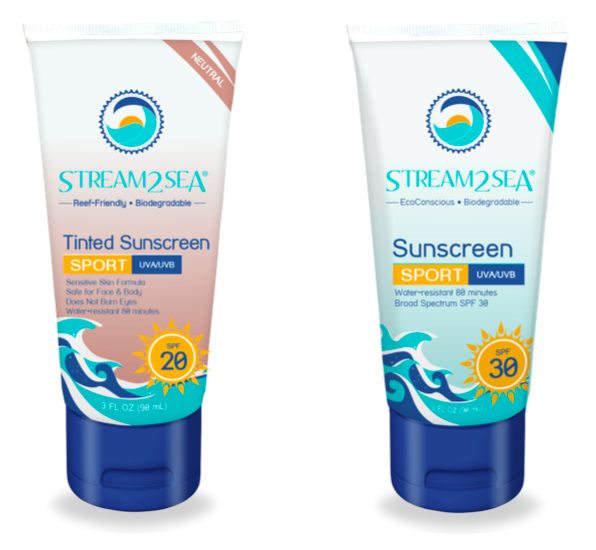
Photos courtesy of brand
Price range | $
Active ingredients | non-nano titanium dioxide
Company highlights | Protect Land + Sea certified (reef safe certification); biodegradable ingredients; packaging made from sugarcane resin
Price range | $$
Active ingredients | non-nano zinc dioxide
Company highlights | Vegan; bottles made with ocean plastic; goal to be zero waste by 2021
Photo courtesy of brand
Price range | $$
Active ingredients | non-nano zinc dioxide
Company highlights | Packaging made from ocean plastic; will send customers Terracycle shipping label for empties; cruelty free
Price range | $
Active ingredients | non-nano zinc dioxide
Company highlights | 1% for the Planet contributor; biodegradable ingredients; plastic-free packaging for some products
Price range | $$
Active ingredients | non-nano zinc dioxide
Company highlights | Squalene is derived from renewable sugarcane; carbon neutral shipping; vegan formulas
Price range | $
Active ingredients | non-nano zinc dioxide
Company highlights | Cruelty free; organic ingredients
Price range | $
Active ingredients | non-nano zinc dioxide
Company highlights | Unisex skin and body care; recyclable packaging; ingredients produced without pesticides
Price range | $$
Active ingredients | zinc oxide, titanium dioxide
Company highlights | sunscreen designed to work well for every skin tone; cruelty free
Do you have a go-to reef-safe sunscreen? Let us know in the comments!
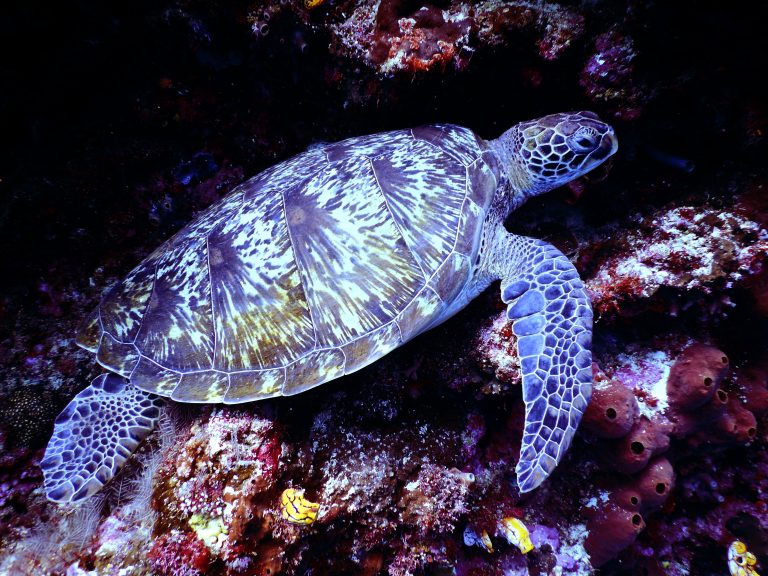

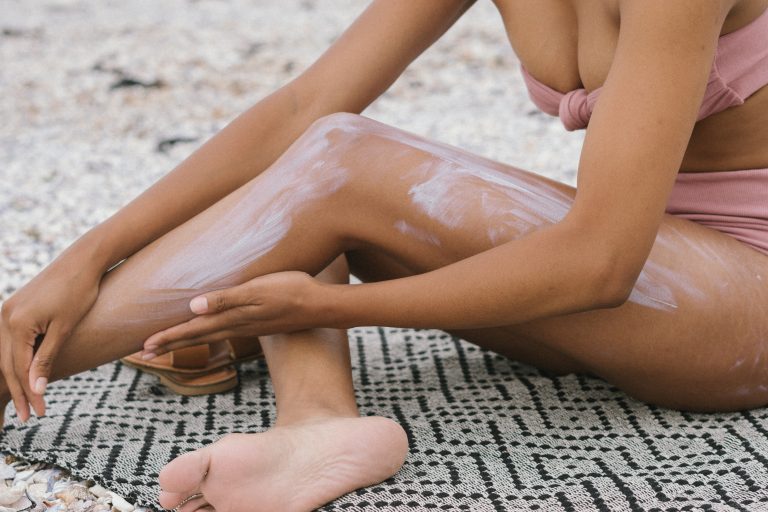
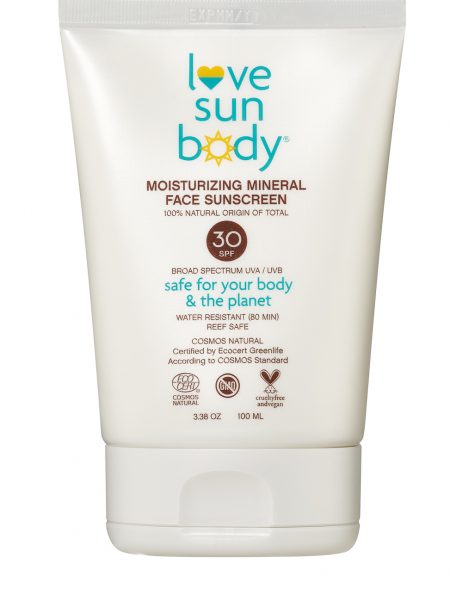
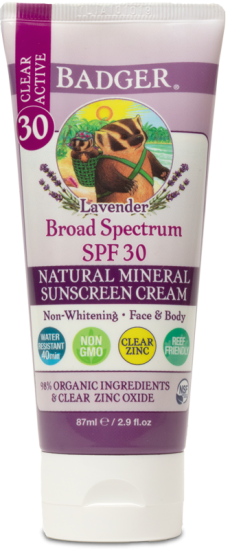
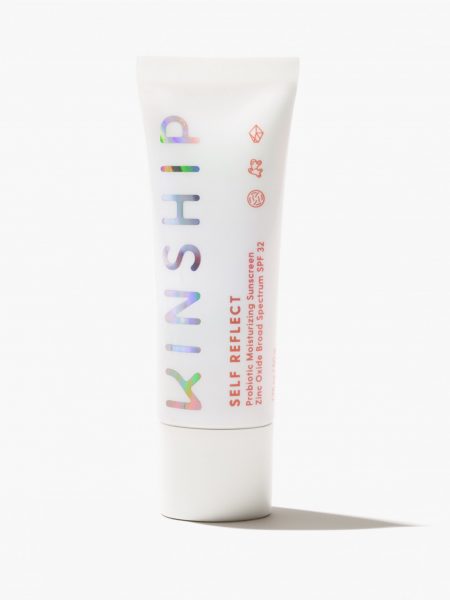



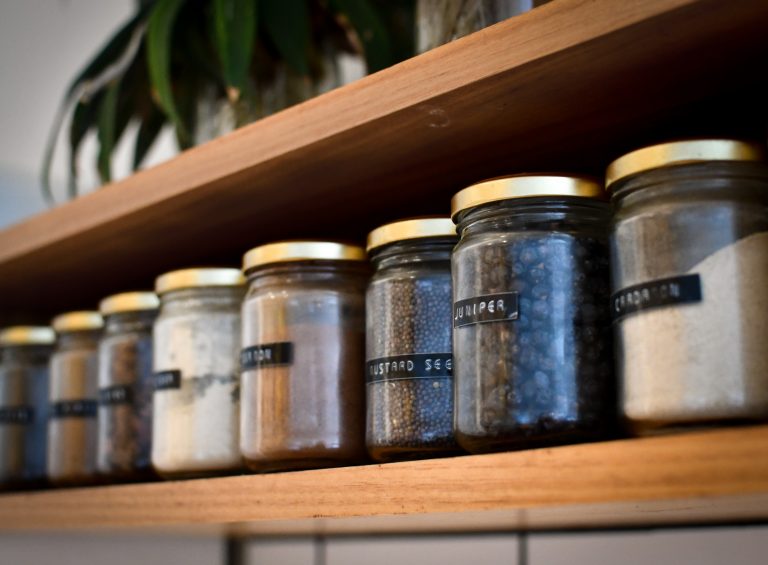
1 thought on “What is “Reef Safe” Sunscreen? & 16 of the Best Brands”
Love it! We are so proud to have made your list! Thank you for your support! 🙂